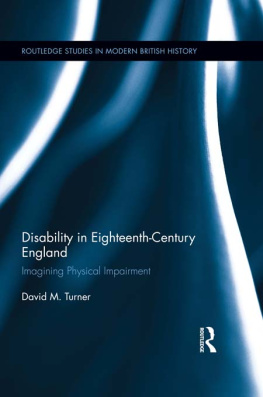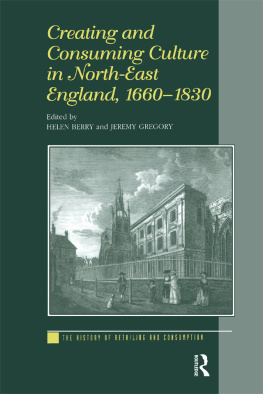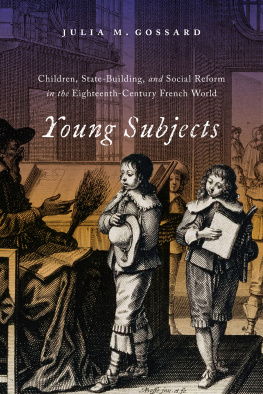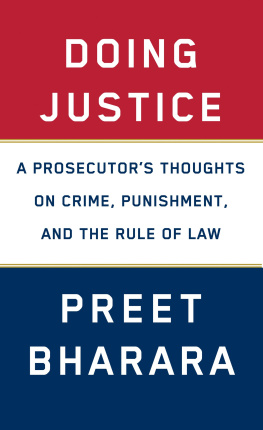
Prosecuting Homicide in Eighteenth-Century Law and Practice
This volume uses four case studies, all with strong London connections, to analyze homicide law and the pardoning process in eighteenth-century England. Each reveals evidence of how attempts were made to negotiate a path through the justice system to avoid conviction and so avoid a sentence of hanging. This approach allows a deep examination of the workings of the justice system using social and cultural history methodologies. The cases explore wider areas of social and cultural history in the period, such as the role of policing agents, attitudes towards sexuality and prostitution, press reporting, and popular conceptions of honourable behaviour. They also allow an engagement with what has been identified as the gradual erosion of individual agency within the law and the concomitant rise of the state. Investigating the nature of the pardoning process shows how important it was to have friends in high places and also uncovers ways in which the legal system was susceptible to accusations of corruption. Readers will find an illuminating view of eighteenth-century London through a legal lens.
Drew D. Gray is the head of Humanities at the University of Northampton.
Routledge Research in Early Modern History
Edwin Sandys and the Reform of English Religion
Sarah L. Bastow
Murder, Justice, and Harmony in an Eighteenth-Century French Village
Nancy Locklin
The Dirty Secret of Early Modern Capitalism
The Global Reach of the Dutch Arms Trade, Warfare and Mercenaries in the Seventeenth Century
Kees Boterbloem
Languages of Reform in the Eighteenth Century
When Europe Lost Its Fear of Change
Edited by Susan Richter, Thomas Maissen, and Manuela Albertone
Religious Tolerance from Renaissance to Enlightenment
Atheists Progress
Eric MacPhail
Protestant Resistance in Counterreformation Austria
Peter Thaler
Prosecuting Homicide in Eighteenth-Century Law and Practice
And Must They All Be Hanged?
Drew D. Gray
Making the Union Work
Scotland, 16511763
Alexander Murdoch
For more information about this series, please visit: www.routledge.com/Routledge-Research-in-Early-Modern-History/book-series/RREMH
Prosecuting Homicide in Eighteenth-Century Law and Practice
And Must They All Be Hanged?
Drew D. Gray
First published 2020
by Routledge
52 Vanderbilt Avenue, New York, NY 10017
and by Routledge
2 Park Square, Milton Park, Abingdon, Oxon, OX14 4RN
Routledge is an imprint of the Taylor & Francis Group, an informa business
2020 Taylor & Francis
The right of Drew D. Gray to be identified as author of this work has been asserted in accordance with sections 77 and 78 of the Copyright, Designs and Patents Act 1988.
All rights reserved. No part of this book may be reprinted or reproduced or utilised in any form or by any electronic, mechanical, or other means, now known or hereafter invented, including photocopying and recording, or in any information storage or retrieval system, without permission in writing from the publishers.
Trademark notice: Product or corporate names may be trademarks or registered trademarks, and are used only for identification and explanation without intent to infringe.
Library of Congress Cataloging-in-Publication Data
Names: Gray, Drew D., author.
Title: Prosecuting homicide in eighteenth-century law and practice : and must they all be hanged? / Drew D. Gray.
Description: Abingdon, Oxon ; New York, NY : Routledge Taylor and Francis, 2020. | Series: Routledge research in early modern history | Includes bibliographical references and index.
Identifiers: LCCN 2019055307 (print) | LCCN 2019055308 (ebook) | ISBN 9780367460099 (hardback) | ISBN 9781003026440 (ebook) | ISBN 9781000047905 (adobe pdf) | ISBN 9781000047912 (mobi) | ISBN 9781000047929 (epub)
Subjects: LCSH: Trials (Murder)EnglandHistory18th century. | Capital punishmentEnglandHistory18th century. | ClemencyEnglandDecision makingHistory18th century.
Classification: LCC KD371.M8 G73 2020 (print) | LCC KD371.M8 (ebook) | DDC 345.42/0252309033dc23
LC record available at https://lccn.loc.gov/2019055307
LC ebook record available at https://lccn.loc.gov/2019055308
ISBN: 978-0-367-46009-9 (hbk)
ISBN: 978-1-003-02644-0 (ebk)
Typeset in Sabon
by Apex CoVantage, LLC
No work of history is completed in isolation: this one has had a very long gestation and owes much to a number of people. I have been working on the case studies that are highlighted here for the best part of a decade. In that time, Ive presented my ideas before a number of conferences and seminar series and have discussed them with lots of other researchers. All of these have given advice, useful criticism, and encouragement. So I would like, in no particular order, to offer my heartfelt thanks to the following academic historians, many, but not all of whom, work in my area of criminal history: Bob Shoemaker and Tim Hitchcock (without whom we wouldnt have the Old Bailey Online and its myriad of supporting databases). Thanks too to Mary Clayton, Rosalind Crone, Simon Devereaux, Clive Emsley, Louise Falcini, Elizabeth Hurren, Joanna Innes, Anne-Marie Kilday, Steve King, Randy McGowan, Andrea McKenzie, Ruth Paley, Deirdre Palk, Helen Rogers, Judith Rowbotham, Peter Rushton, Heather Shore, Martin Wiener, Richard Ward, Lucy Williams, and the late Pieter Spierenburg. I must also thank Matthew McCormack and Mark Rothery for their support at Northampton and indeed all of my colleagues there who have made it possible for me to find the time to complete this volume. Most of all, however, I owe a huge debt of thanks to Peter King, who threw most of these cases my way when he finally hung up his history hat and settled into a very well-deserved retirement. Pete has encouraged me more than anyone to tell these stories and I really hope he enjoys the result. Finally, I want to thank my wife for her support which makes it so much easier to get on with writing and my mother for continuing to be that most useful of things, a critical friend.
In July 2017, the field of history lost John Beattie, who made such a seminal contribution to the study of the history of crime. John, along with Pete King and Douglas Hay, have been the biggest influences on my academic career and I will never forget the kindness that John offered me when I was setting out on my postgraduate research. His work forms the bedrock on which the rest of us can build and we all owe him a tremendous debt.
A historical phenomenon can become comprehensible only by reconstructing the activities of all the persons who participated in it.1
Images of Execution in Late Eighteenth- and Early Nineteenth-Century London
From 1783 onwards most executions in Englands capital took place outside the debtors door at Newgate Prison. While capitally convicted felons were also hanged at Horsemonger prison (sometimes referred to as the New gaol), Newgate, on Old Bailey, was the preferred site for this ritual of controlled state terror. Prior to 1783, those sentenced to death were transported on a cart from Newgate to Tyburn; when the cart was drawn away, they were left hanging on the triple tree in front of thousands of spectators. In the decades following the removal of the ritual to the more constrained (and arguably more easily controlled) confines of Old Bailey, the crowds, while still huge, were not as extensive as they once were.2 It is debatable what effect this would have had on the person being executed; they were spared the discomfort and humiliation of a ride in the rattling cart along the furrowed thoroughfare of Oxford Street to modern Marble Arch, but the shock they had when the door of the prison opened onto the gathered throng of witnesses must have been considerable. Just moments earlier the condemned would have been taken from a dark cell to the pressroom to have their shackles removed and their arms pinioned. They would then have processed to the door that opened onto the gallows. It is hard to understand how the condemned felt at this point, but clearly for some this was the moment that they finally realized the enormity of their situation. For one female in 1829 it was all too much:








